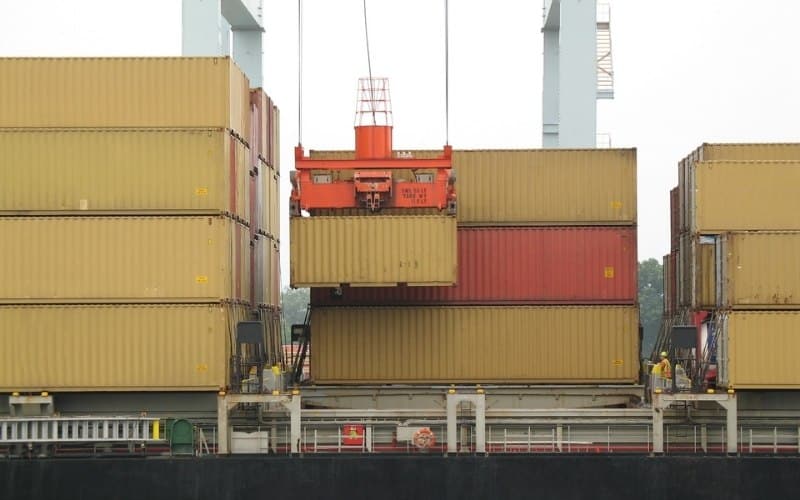The History Of Containerization In The Shipping Industry
Container shipping is the most optimal method of shipping freight through sea routes. Bearing rich significance to the nature of maritime operations, the advent of containerization fueled a much need thrust into the marine sector propelling it to heights never seen before.
However, shipping cargo through different types of cargo container units is not a very old method. Find out how containerization way of cargo started with container ships and how it gained popularity around the world.
History of Container Ships
The history of containerization is a development that can be pinpointed to the mid-20th century. Pioneered by an US-based conveyance businessman Malcolm Mclean, cargo containers were fashioned in a bid to simplify the long-drawn processes involved in shipping of cargo through sea routes.
The extremely lengthy processes primarily meant that the cargo had to be suitably dismantled or separated before it could be loaded into the ships. This meant that effective labor was wasted in the initial dismantling and the later assembling procedures, and huge amounts of cargo had to be sub-divided merely because of technical restrictions and there was absolutely no standardization in the entire shipping processes.
Malcolm Mclean circumvented this protracted cargo transportation issue by modifying the basic structuring of a Second World War tanker vessel. The initial cargo containers utilised in the vessel were modified as well, and were wheel-less truck-carts. The entire success of such a novel initiative however depended on whether the modified truck-carts laded with cargo could be successfully placed into the vessel and thus transported to the necessary destination.
Exceeding expectations, the ingeniously devised contraption proved to be a huge success. This success meant that for the foreseeable future, shipping cargo – bulk or otherwise – could be carried out with the least possible problems.
Salient Features of Containerization
- Transiting costs for the cargo to be shipped were reduced drastically on account of the elimination of the unwanted processes
- Large amount of cargo could be transported which meant that transporters benefited from the economies of scale
- The feasibility offered by shipping containers also ensured that the water navigable channels could be utilised for transiting freight internationally
- Development of harbour facilities also took place simultaneously once the qualitative worth of container shipping began to spread far and wide
A major noteworthy development in the history of container ships was realized when major maritime organisations acknowledged the singularity that shipping containers offered to the marine domain. This acknowledgement was also marked by the establishment of set rules and regulations with respect to the sizing of the containers. In order to bring a common platform to all containers, the International Standardizing Authority (ISO) established the following:
- Containers that measured 20-feet lengthwise. Such containers were soon referred to as TEUs (Twenty-foot Equivalent Units)
- Containers that measured 40-feet lengthwise. Such containers soon came to be referred as FEUs (Forty-foot Equivalent Units) or more commonly, as Two-TEUs
Detrimental Effects to the Cargo Shipping Sector
Although containerization provided a breakthrough in the global shipping sector, there were several adverse effects that were felt because of the changes it wrought.
- The labour force that was otherwise employed in the dismantling and the assembly-line operations, prior to the development of cargo containers started to become redundant
- Motorised operational links meant that lesser number of labour force needed to be involved in the lading and unloading of the freight to be shipped
- Semi-skilled labour force and even skilled labour force, engaged in carrying out only one kind of operations at harbour facilities were also negatively impacted
Present-era: Container Shipping
In the over 50-years of the initiation of shipping containers into mainstream maritime freight operations, a lot of advancement has been made. Today the global cargo shipping spectrum has widened to really enormous proportions while also helping several newer shipping conglomerates and even countries to enter the fray.
With the extent of containerised operations and technological developments in the same increasing almost every day, it wouldn’t be wrong to say that cargo movement in the present times cannot be visualised to fruition in the absence of container shipping.
References johntomlinson , worldshipping , container50, bbc.co
Do you have info to share with us ? Suggest a correction
Subscribe To Our Newsletters
By subscribing, you agree to our Privacy Policy and may receive occasional deal communications; you can unsubscribe anytime.




